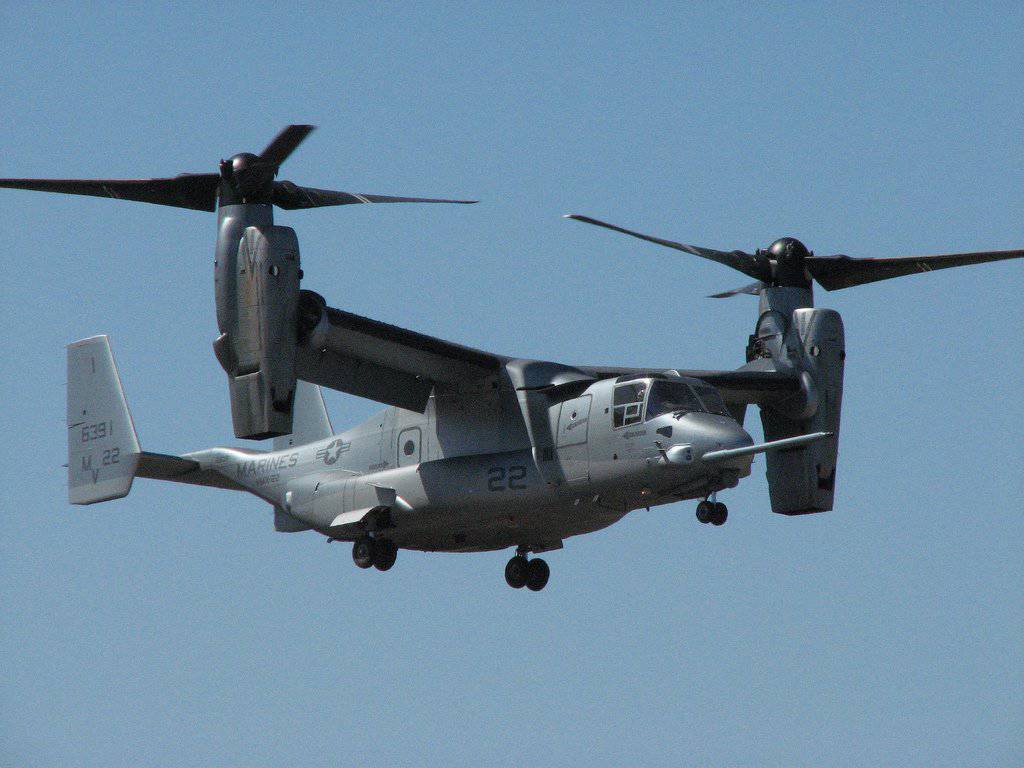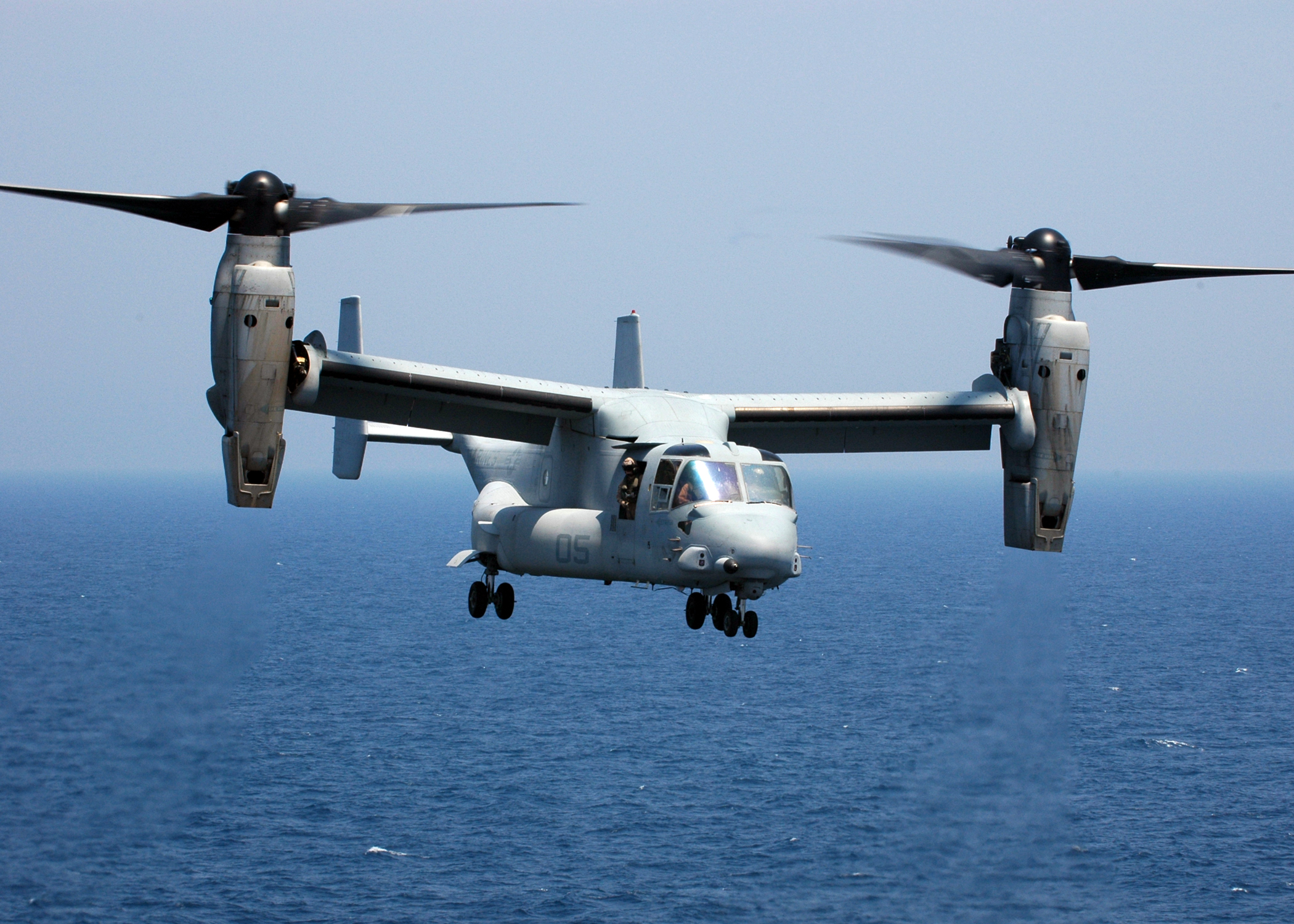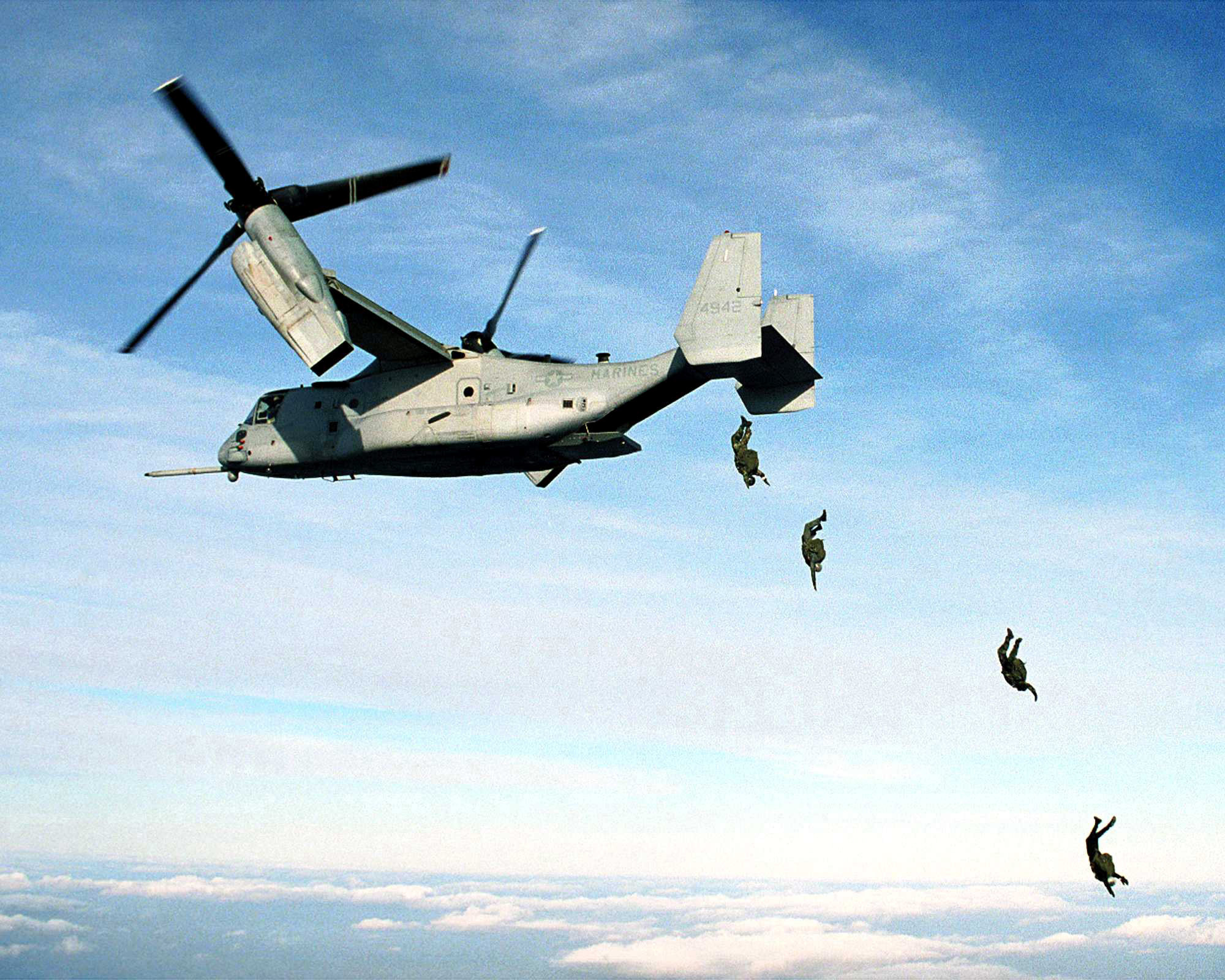U.S. Suspends Operation of CV-22 Osprey Tiltrotor Aircraft, They Are Unreliable

According to Breaking Defense, the U.S. Air Force has decided to suspend the operation of CV-22 Osprey tiltrotor aircrafts.
What we know
A problem was discovered in the CV-22 Osprey. It is described as "hard clutch engagement." Essentially, the clutch inside the gearbox that connects one of the two Rolls-Royce Liberty AE1107C CV-22 engines to the propeller rotor is slipping for some unknown reason. When this happens, the power load is momentarily transferred to the other engine.
Then, in most cases, the original clutch comes back on and the power load quickly returns to the original propeller rotor and engine. As a result, the CV-22 Osprey crew cannot operate the aircraft safely.

By the way, this is not the first problem with the CV-22 Osprey. In 2012, for example, two convertiplanes crashed in Florida and Morocco, and in 2016 there was a similar incident in the Persian Gulf.
For those not in the know
The CV-22 Osprey is an American tilt-rotor aircraft that combines airplane and helicopter capabilities. It was developed over 30 years by Boeing and Bell. It is in service with the U.S. Marine Corps and U.S. Navy.

The aircraft is equipped with two Allison T406 engines placed at the ends of the wings in nacelles that can rotate almost 98 degrees. The propellers, with three trapezoidal blades, are linked by a synchro shaft running inside the wing. This shaft is also responsible for the landing of the aircraft on one engine. By the way, more than 70% of the convertor design is made of carbon- and fiberglass-based composites with epoxy bonding materials. Due to this CV-22 Osprey is very light.
Source: Breaking Defense
For those who want to know more
- The AFU use Bulgarian anti-tank grenade launchers BULSPIKE-AT
- AFU showed exclusive footage of Turkish Bayraktar Mini UAVs in action
- The U.S. is ready to transfer the A-29 Super Tucano and AT-6 Wolverine attack aircraft to its partners
- The AFU uses British Land Rover Snatch armored vehicles and Ferret Mk 1 reconnaissance vehicles at the front